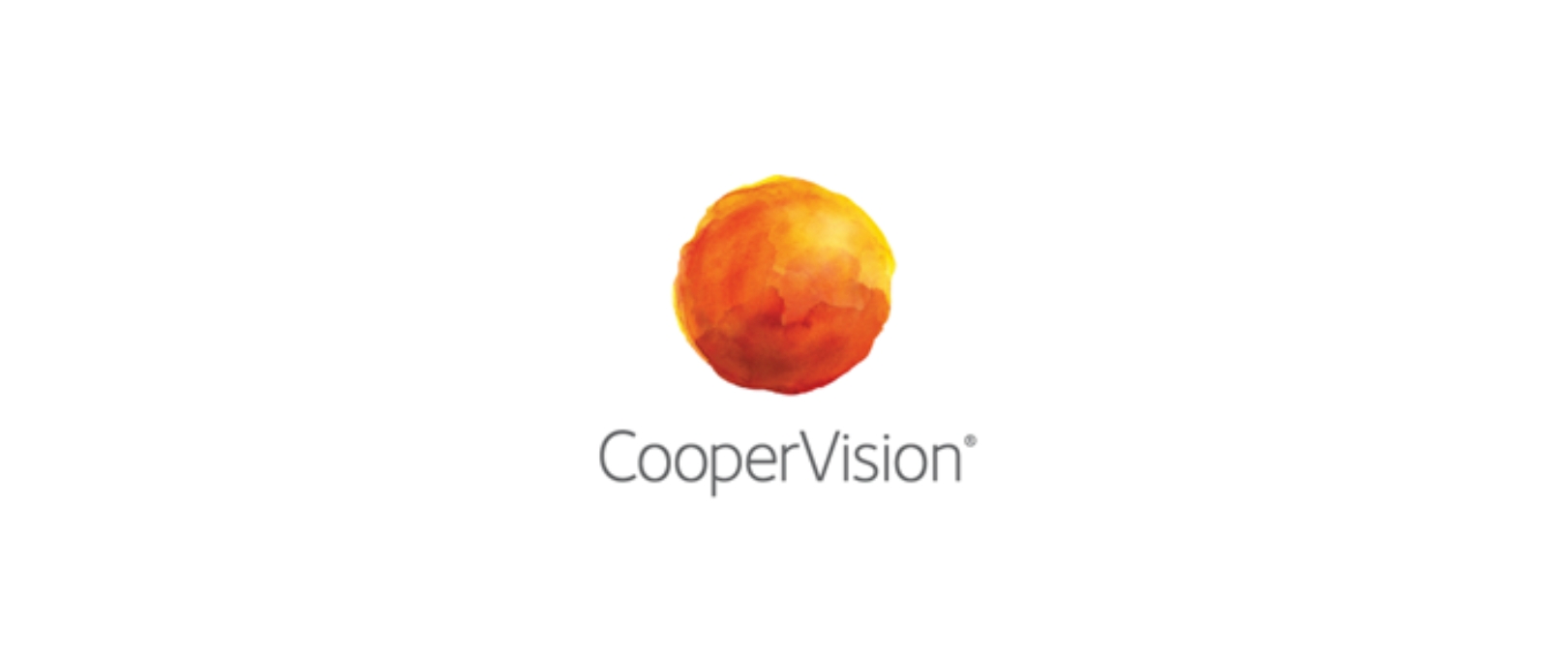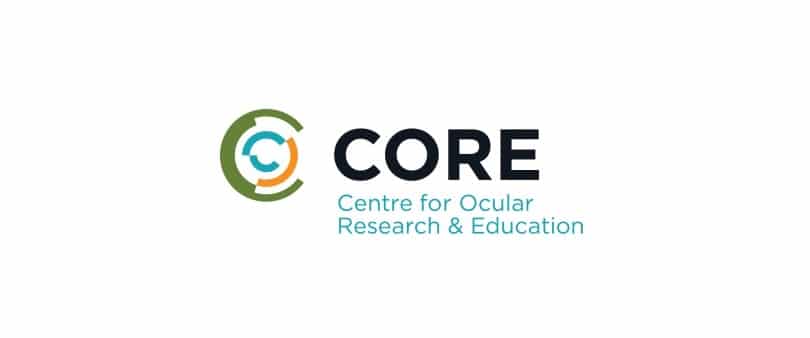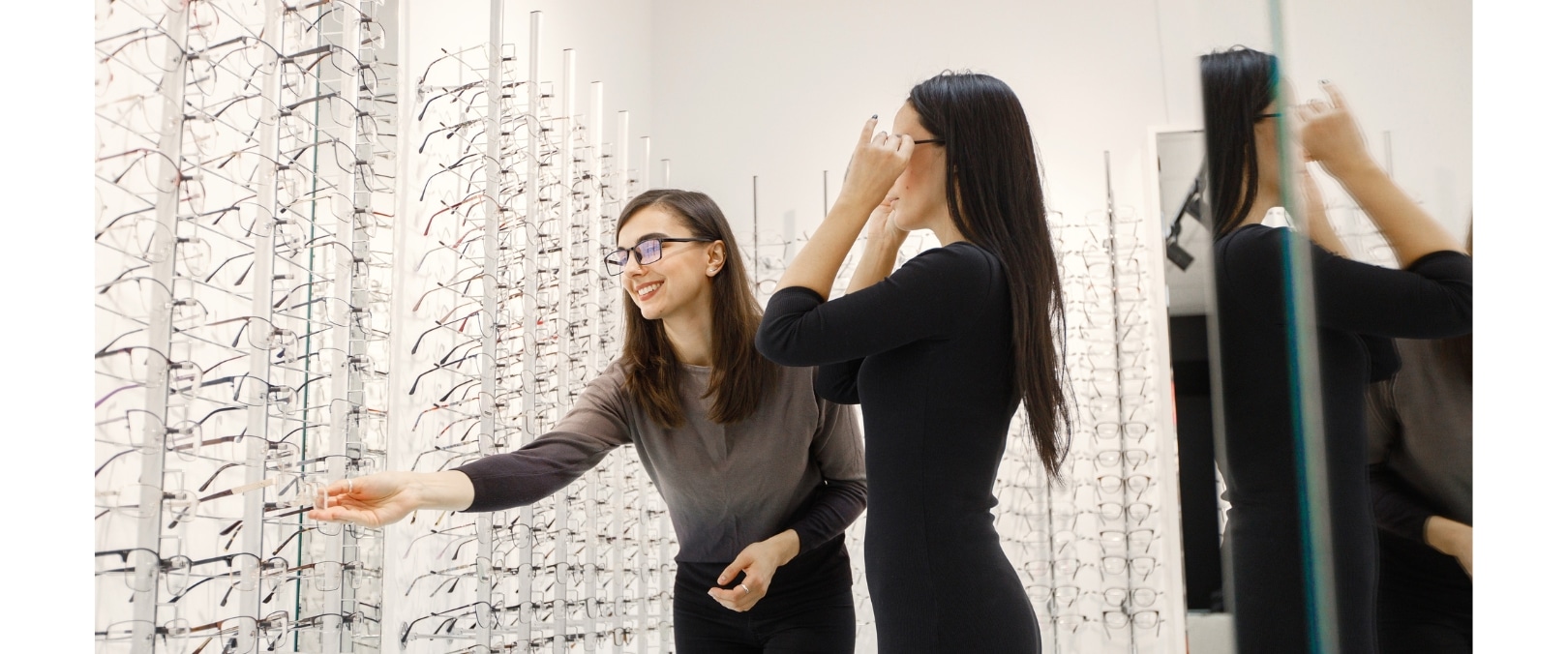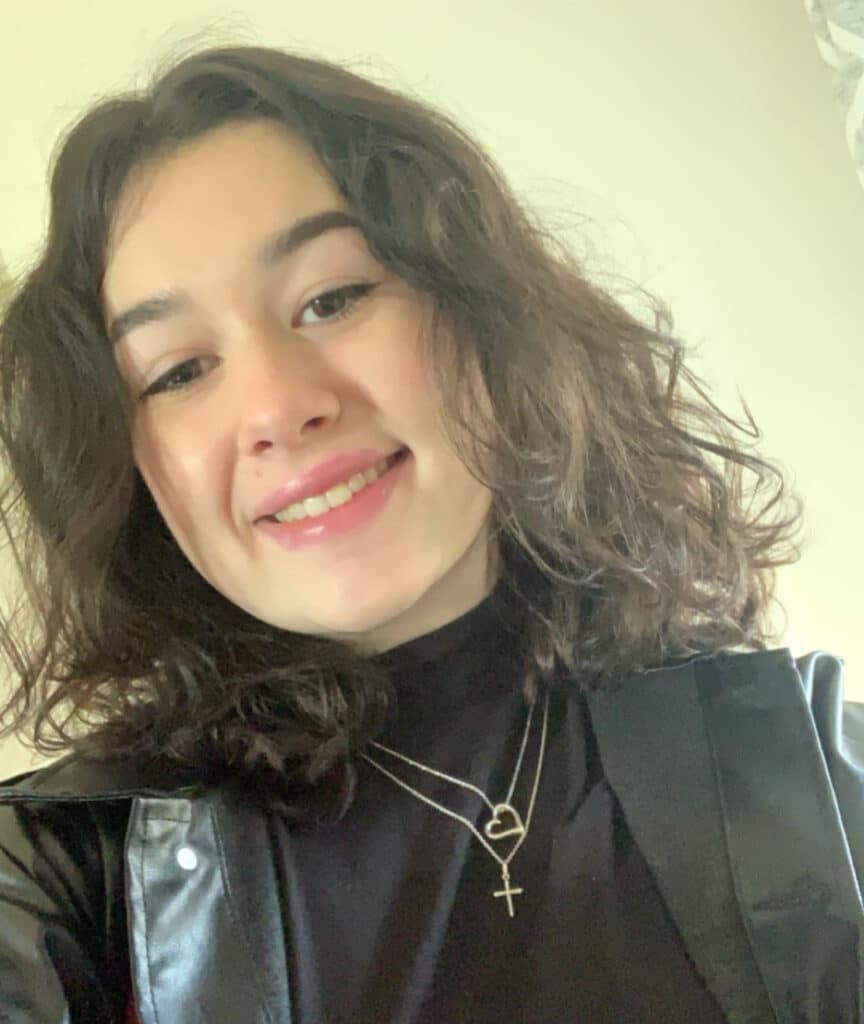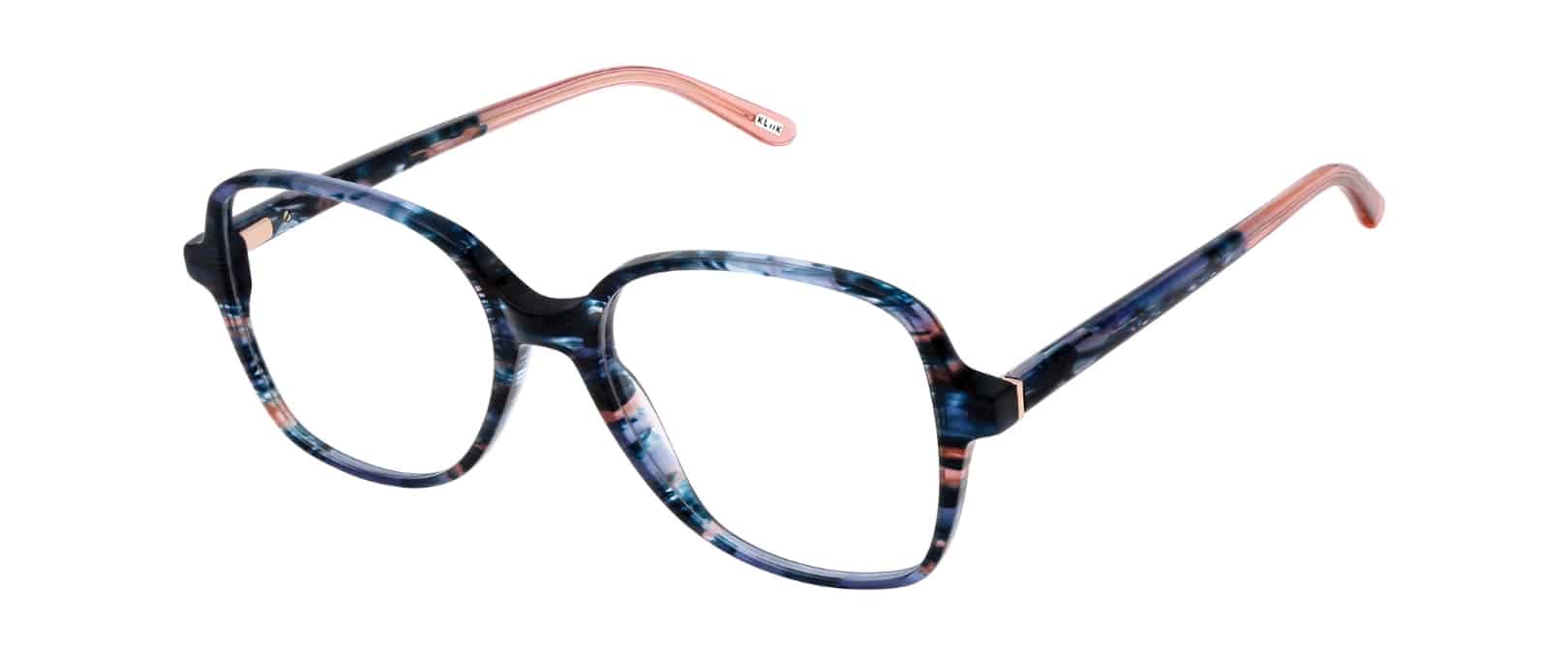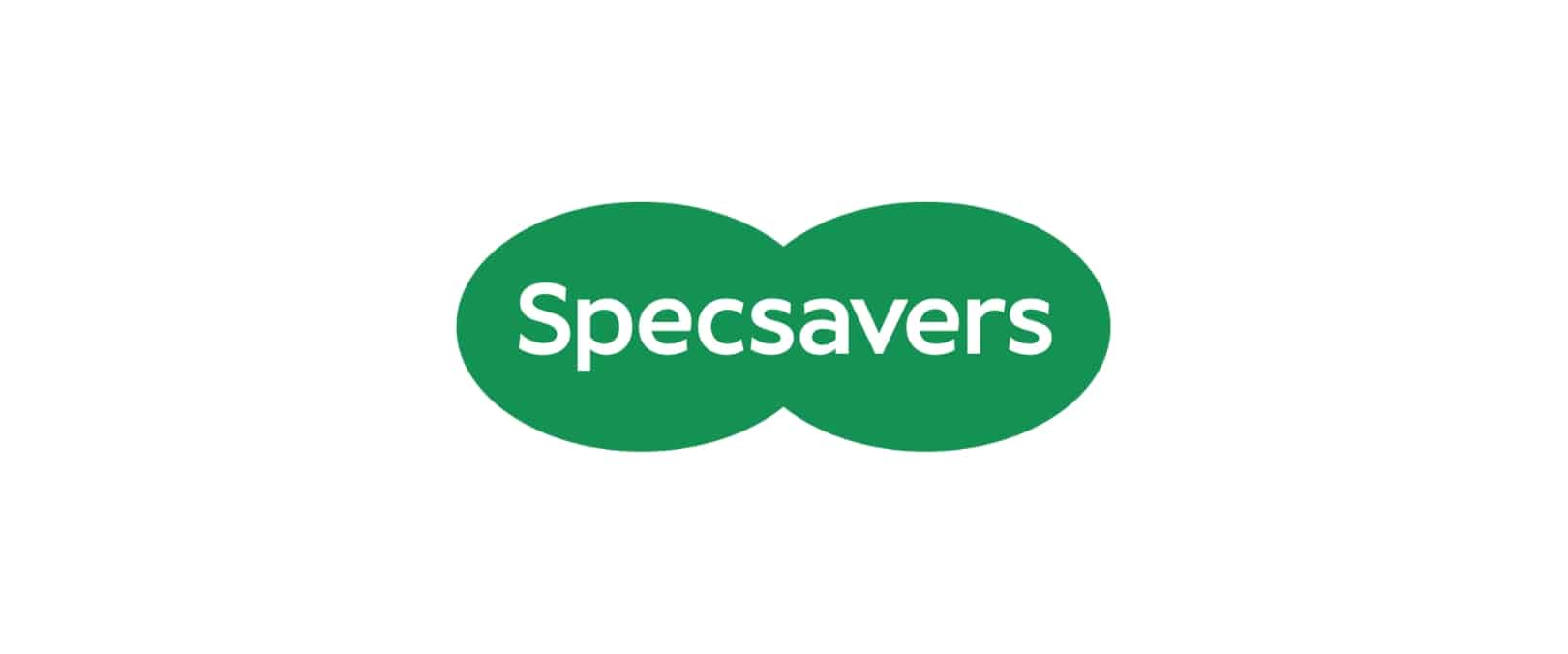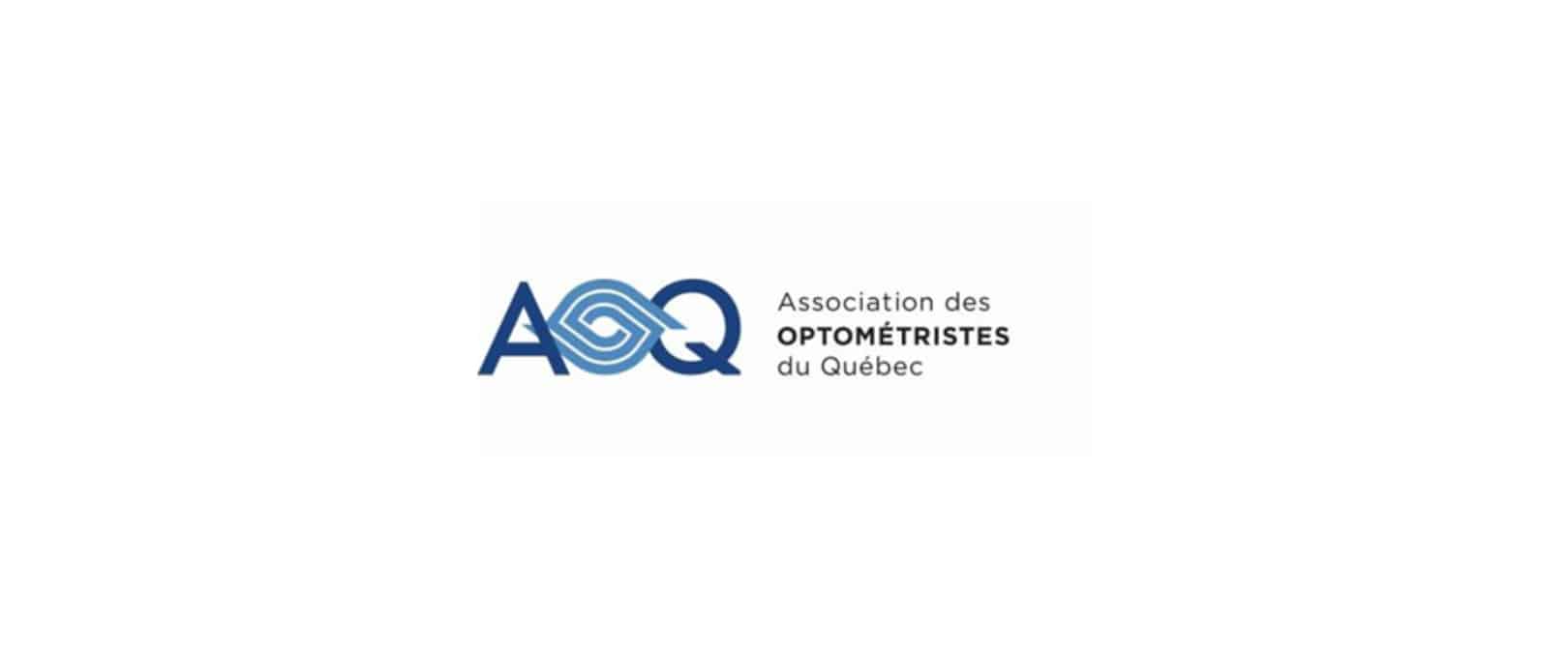CooperVision announced its scientific posters and papers to be presented at the 2024 Global Specialty Lens Symposium (GSLS). An advocate for research that propels advancements in clinical care, the company is calling particular attention to three papers and posters that will be featured in Las Vegas this week.
Among these is an in-depth analysis of MiSight® 1 day efficacy for age-appropriate children who exhibit slower and faster myopia progression, a new exploration of trends in U.S. pediatric eye examinations and contact lens prescribing, and a study revealing that fitting scleral lenses to habitual soft contact lens wearers with dryness helped to manage their symptoms.
“Research efforts like these help eye care professionals (ECPs) deepen their clinical expertise and build confidence in evidence-based treatments. Our GSLS presence exemplifies a global commitment to advancing scientific research and its application toward comprehensive eye health improvements, including establishing myopia management as the standard of care and acknowledging the prevalence of dryness symptoms. In partnership with ECPs worldwide, we are helping to shape the future of optometry and ophthalmology.”
Francis Erard, CooperVision’s Vice President of Research and Development
Assessing Efficacy of a Dual-Focus Myopia Control Contact Lens for Faster and Slower Progressing Eyes[1] (Hammond D., et al.) evaluated the relationship between pre-treatment myopia progression and treatment effectiveness of MiSight® 1 day on an individual eye basis.1 In contrast to randomized clinical trials, which typically compare average progression between control and treatment groups, this study uniquely tracked axial growth and myopia progression for three years before initiating a three-year MiSight® 1 day treatment.1 This approach enabled a focused examination of the treatment effects on both faster and slower-progressing individual eyes.1
Switching to MiSight® 1 day, the first and only soft contact lens approved by the U.S. FDA* to slow the progression of myopia in children aged 8-12 at the initiation of treatment and approved by the China NMPA, created the greatest slowing of eye growth and myopia progression in the previously faster-growing eyes and stopped eye growth and progression in those initially slower progressing eyes.†‡§[2]
Current Trends in Pediatric Eye Examinations and Contact Lens Prescribing in the U.S.[3] (Kwan J., et al.) analyzed data from more than 70,000 pediatric eye examinations (children aged 0-17) to quantify the proportions of pediatric patients undergoing vision screenings by age group, the prevalence of myopia, hyperopia, astigmatism, and pre-myopia, as well as the proportions of pediatric patients prescribed contact lenses and the distribution of contact lens categories prescribed.3 The study found that the minority of children undergoing eye examinations are aged seven years or younger (14%), and that nearly half (43.5%) exhibit more than 0.50DS of myopia in at least one eye. In addition, about one in two children aged 5-12 potentially have pre-myopia (+0.50 to -0.25DS) in at least one eye.3 The retrospective review also found that ECPs rarely (15%) prescribed contact lenses to their pediatric patients.3 The data underscores the need for early intervention strategies, and a significant underutilization of contact lens prescriptions by ECPs for pediatric patients.
The Use of Scleral Lenses to Manage Dry Eye Symptoms in Habitual Soft Lens Wearers[4] (Fadel D., et al) considered if Onefit™ MED scleral lenses could improve ocular comfort and reduce dryness in symptomatic soft contact lens wearers. Twenty study participants rated their comfort, dryness, vision clarity, and handling after a one-month daily wearing period.4
Transitioning symptomatic soft lens wearers to Onefit™ MED scleral lenses resulted in enhanced comfort and a reduction in dryness symptoms.4 Subjective ratings were similar with uncoated and HydraPEG-coated Onefit™ MED lenses, with the latter providing slightly better visual clarity.4 When participants rated handling, they found ease of removal to be similar between scleral and habitual soft lenses, but application of scleral lenses slightly more challenging.4 Notably, nearly half (45%) of study participants expressed a desire to continue wearing their Onefit™ MED lenses, prompting them to request details to be shared with their ECPs.4
Held annually, the Global Specialty Lens Symposium attracts nearly 1,000 delegates from dozens of countries, representing many of the most innovative eye care practices, research groups, universities, and product and service providers. The four-day conference focuses on the successful management of ocular conditions using advanced contact lenses through interactive educational platforms such as expert panel discussions, breakout lecture sessions, and clinical workshops.
Click HERE for the full press release.
Want to see more like this article? Click here to subscribe to our FREE print magazines and e-newsletters!
*Only FDA-approved soft contact lens designed for myopia control in the U.S.
†U.S. Indications for Use: MiSight® 1 day (omafilcon A) soft (hydrophilic) contact lenses for daily wear are indicated for the correction of myopic ametropia and for slowing the progression of myopia in children with non-diseased eyes, who at the initiation of treatment are 8-12 years of age and have a refraction of -0.75 to -4.00 diopters (spherical equivalent) with ≤ 0.75 diopters of astigmatism. The lens is to be discarded after each removal. Canadian Indications for Use: MiSight (omafilcon A) Soft Contact Lenses for Myopia Control may reduce the rate of myopia progression in children (6-18) and correct ametropia. Reduction of myopia progression was observed in children with wearing time of 12 hours (8-16 hours) per day, 6.4 days (5-7) per week in a clinical study. Permanent myopia control after lens treatment is discontinued is not supported by clinical studies. MiSight (omafilcon A) Soft Contact Lenses for Myopia Control are indicated for single use daily disposable wear. When prescribed for daily disposable wear, the lens is to be discarded after each removal.
‡China Indications for Use: MiSight® 1 day is indicated for the correction of myopia for patients with non-diseased phakic eyes, who at the initiation of treatment are 8-12 years of age and have a refraction of -0.75 D to -4.00 D with ≤ 0.75 diopters of astigmatism. It has the dual focal design with alternative multiple rings, which allows part of the light passing through the optical zone to focus in front of the retina, forming myopic defocus with the expectation to slow the change of axial length of the patients. Fitting and evaluation of the product should be in medical institutions by ophthalmologists with an intermediate title or above and with regular monitoring. It must be used in strict accordance with the IFU requirements.
§Compared to a single vision 1-day lens over a 3-year period.
[1] Hammond D, et al. Assessing the Efficacy of a Dual-Focus Myopia Control Contact Lens for Faster and Slower Progressing Eyes. Poster presentation at the Global Specialty Lens Symposium, January 2024.
[2] Chamberlain P, et al. A 3-year Randomized Clinical Trial of MiSight® Lenses for Myopia Control. OptomVis Sci.2019; 96(8)556-567.
[3] Kwan J, et al. Current Trends in Pediatric Eye Examinations and Contact Lens Prescribing in the U.S. Poster presentation at the Global Specialty Lens Symposium, January 2024.
[4] Fadel D, et al. The Use of Scleral Lenses to Manage Dry Eye Symptoms in Habitual Soft Lens Wearers. Paper presentation at the Global Specialty Lens Symposium, January 2024.

